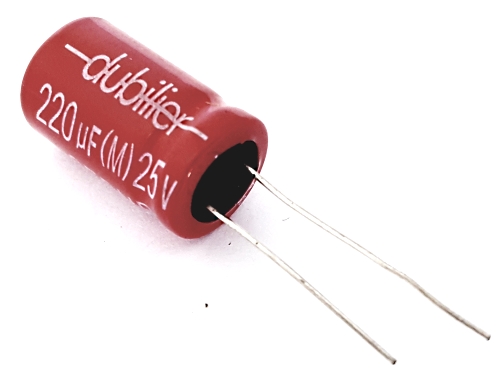Due to their very thin dielectric oxide layer.
Ceramic non electrolytic capacitor.
An electrolytic capacitor is a polarized capacitor whose anode or positive plate is made of a metal that forms an insulating oxide layer through anodization this oxide layer acts as the dielectric of the capacitor.
However the anode positive electrode is made by forming an insulating layer of aluminum oxide al 2 o 3 through anodization the electrolyte solid or non solid is placed on the insulating surface of the anode.
In the aluminum electrolytic capacitor the electrodes used are made of pure aluminum.
The ceramic capacitor uses a thin ceramic layer as the dielectric medium whereas the electrolytic capacitor uses an ionic liquid as one of the sheets of the capacitor.
Ceramic capacitors and electrolytic capacitors are two main types of capacitors that are widely used in electrical and electronic components.
Including ceramic capacitors monolithic capacitors polyethylene cbb capacitors and so on these non polarized capacitors are small in size low in price and good in high frequency characteristics but they are not suitable for the large capacity.
Non electrolytic capacitors are those capacitors which does not use a electrolyte in it s construction.
Capacitors for ac applications are primarily film capacitors metallized paper capacitors ceramic capacitors and bipolar electrolytic capacitors.
Ceramic capacitors are generally used in high frequency filtering oscillation circuit.
The rated ac load for an ac capacitor is the maximum sinusoidal effective ac current rms which may be applied continuously to a capacitor within the specified temperature range.
A paper capacitor is constructed of two thin tinfoil sheets which are separated by thin waxed oiled paper or.

